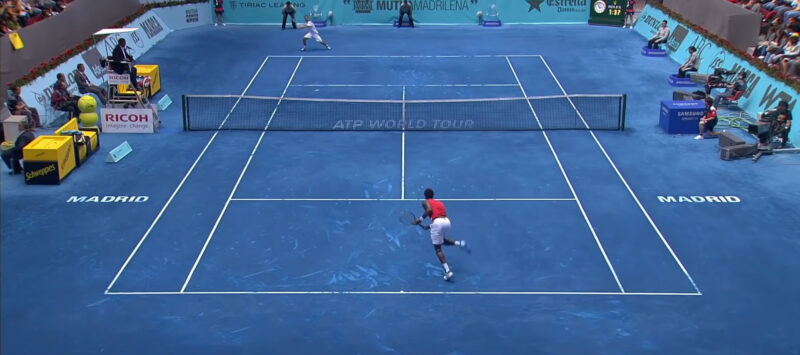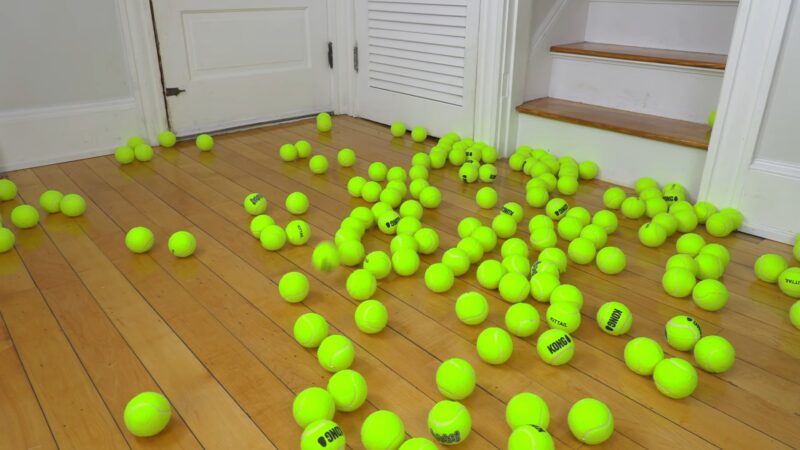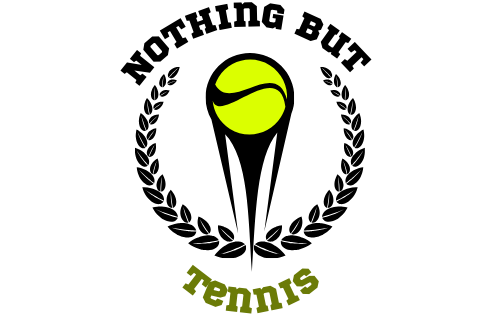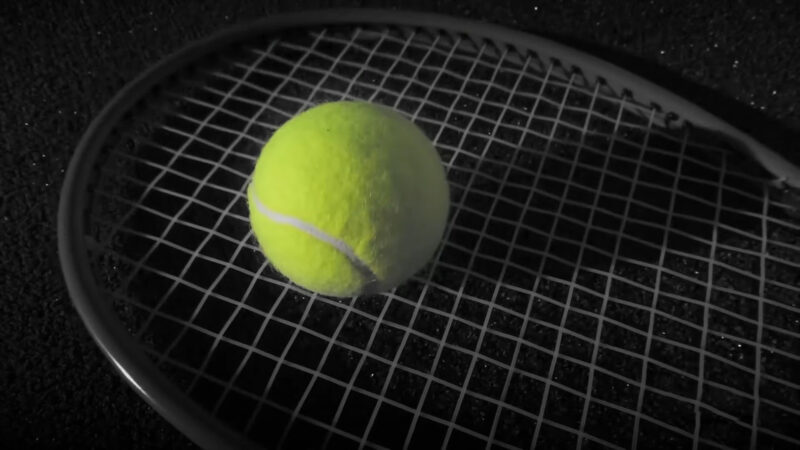As a tennis aficionado, I frequently encounter a question that, while appearing straightforward at first glance, is surprisingly intricate: “What color is a tennis ball?”
You might instinctively respond, “Clearly, it’s yellow!” or counter with “No, it’s definitely green!” Interestingly, you’re in good company. This seemingly innocuous question has ignited spirited discussions among tennis lovers, color specialists, and even neuroscientists. So, let’s set off on an exploration to unravel the mystery surrounding the color of a tennis ball.
The History of the Tennis Ball
To understand the color of a tennis ball, we first need to delve into its history. The modern tennis ball has its roots in the 19th century when lawn tennis was becoming popular. Back then, tennis balls were made of rubber and covered with flannel. They were white or beige, colors that stood out against the green grass of the tennis court.The color of tennis balls began to change in the mid-20th century. The International Tennis Federation (ITF) introduced the idea of using colored balls to make them more visible to players and spectators. In 1972, the ITF officially approved the use of yellow tennis balls, although white balls were still allowed. The rationale behind this decision was that yellow balls were easier to see on television, which was broadcasting in color at this time.
The Science of Color Perception
Now, let’s delve into the science of color perception. The human eye perceives color through cells called cones, which respond to different wavelengths of light. There are three types of cones: S-cones (short-wavelength), M-cones (medium-wavelength), and L-cones (long-wavelength). These cones correspond to blue, green, and red light, respectively.When you look at a tennis ball, the light reflecting off it stimulates your cones. The combination of signals from these cones is then processed by your brain to produce the color you perceive. This is where things get interesting. The color of an object can appear different depending on the lighting conditions and the color of the surrounding environment. This phenomenon is known as color constancy.
So, when you look at a tennis ball under bright sunlight, it might appear more yellow. But under the artificial lights of an indoor court, it might look more green. This is because the light source affects the wavelengths of light that are reflected off the ball and into your eyes.
The Great Debate: Yellow or Green?

So, is a tennis ball yellow or green? The answer is… it depends. If you ask the ITF, they’ll tell you it’s yellow. According to their official rulebook, tennis balls should be white or yellow. But if you ask people around the world, you’ll get a mix of answers. A survey conducted by BuzzFeed in 2018 found that 52% of respondents said tennis balls are green, while 48% said they’re yellow.
This debate even reached the highest echelons of tennis. Roger Federer, one of the greatest players of all time, weighed in on the issue in 2018. He said he thinks tennis balls are yellow. But Serena Williams, another tennis legend, said she sees them as green.
The Role of Color in Sports

Now that we’ve explored the color of a tennis ball, let’s broaden our perspective and consider the role of color in sports. Color is not just a matter of aesthetics; it can significantly impact the performance of athletes and the experience of spectators.
In tennis, the contrast between the color of the ball and the court is crucial. It allows players to track the ball quickly and accurately, which is essential in a fast-paced game. This is why tennis balls are yellow or white, colors that stand out against the green or blue of the court.
In other sports, the color of equipment and uniforms can also affect performance and perception. For example, in football, studies have shown that teams wearing red jerseys tend to have a slight advantage, possibly because the color red is associated with dominance and aggression.
In tennis, a similar principle applies. Consider the serve, one of the most critical shots in the game. A player might choose to wear a brightly colored shirt to potentially distract their opponent during a serve. The split-second distraction caused by a vibrant color could be enough to throw off the receiver’s timing or focus, giving the server a slight edge. This is a subtle strategy, but at the highest levels of play, every advantage counts.
The Psychology of Color

The psychology of color is a fascinating field that explores how color affects our emotions, behavior, and decision-making. In the context of tennis, the color of the ball could potentially influence a player’s performance.
For instance, yellow is often associated with energy, optimism, and attention. These associations could help players stay focused and positive during a match. On the other hand, green is associated with calmness and stability, which could help players stay composed under pressure.
However, it’s important to note that these associations can vary between different cultures and individuals. Moreover, the effects of color on performance are likely to be subtle and are just one of many factors that can influence a game.
The Future of Tennis Ball Color

Looking to the future, could we see tennis balls in different colors? It’s possible. Advances in technology could lead to innovations in the design and color of tennis balls. For example, we could see balls that change color depending on the lighting conditions or balls in colors that are easier for certain people to see.
However, any changes would need to be carefully considered to ensure they don’t disrupt the game. The ITF has strict regulations about the size, weight, and bounce of tennis balls, and any new designs would need to meet these standards.
The Final Verdict
So, what’s the final verdict? As a tennis expert, I can tell you that the official color of a tennis ball, as per the ITF, is yellow. But as a student of color perception, I can also tell you that the color you perceive can depend on various factors, including lighting conditions and your individual color perception.
In the end, whether you see a tennis ball as yellow or green doesn’t really matter. What’s important is that you can see the ball clearly and enjoy the game. After all, tennis is about more than just the color of the ball. It’s about skill, strategy, and the thrill of the game.
So, the next time someone asks you, “What color is a tennis ball?” you can tell them it’s not such a simple question. And perhaps you can spark a fascinating conversation about the history of tennis, the science of color perception, and the great yellow-or-green debate.

